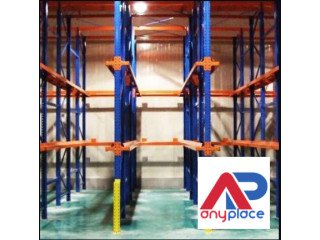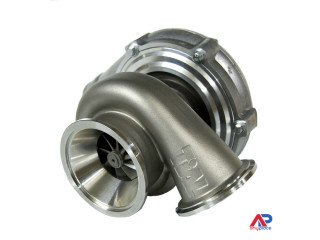Fiberglass Tissue
2022-05-23 07:43 Phones & Tablets Sahāranpur 380 views Reference: 962Location: Sahāranpur
Price: Contact us
Fiberglass Tissue
Fiberglass tissue ;is a non-woven felt made of randomly oriented glass fibers distributed in a special binder by a wet-lay process. This material is used in composite surface applications. It adds smoothness, luster, and cleanliness of color to the surface - and it improves water resistance and durability of the product. Ideal for reinforcement of flooring and roof materials.
Applications
FGT Series fiberglass tissue is available in a variety of densities and reinforcement spacing options.
Serves as a wrap for both underground and overground pipeline systems to counter natural and artificial corrosion. Good for waterproofing applications and waterproofing in the form of roofing felt.
Benefits
Serves as both a reinforcement and protection system.
Compatible with bitumen and coal tar enamels.
Superior strength characteristics due to longitudinal reinforcement with glass yarn.
Fiberglass Mat
Fiberglass Mat ;is one of the most popular forms of reinforcement for non-structural applications. It's inexpensive, easy to use, and can quickly build thickness into parts, molds, or even a repair. It features randomly oriented strands throughout that effectively hide print-through of heavier fabrics and create an equal stiffness in all directions for molds and parts.
Note: All Fiberglass Mat is made to be used with resin to create hard, composite parts. However, it is NOT compatible with epoxy resin. Mat has a light binder that holds it together. During lay-up, it requires styrene to break down that binder and allow for complete resin saturation. Epoxy does not contain styrene and therefore cannot be effectively used with the mat. Use polyester or vinyl ester resin for these applications.
Ceramic granule for molding ceramic product, the process for producing or treating the same, ceramic molded product and process for producing the same
A ceramic granule ;is obtained by granulating at least one ceramic particle into a granule together with a binder, optionally classifying the ceramic granule to remove fine particles having a particle size of not more than 10 μm, moistening the granulated ceramic granule in an agitation fluidized-bed under the conditions of not aggregating said ceramic granule and regulating the water content of the moistened ceramic granule by fluidizing and drying the moistened ceramic granule in the agitation fluidized bed in such a manner that the resultant granule has a water content within the range which maintains a flowability sufficient for packing the ceramic granule in a mold in which the ceramic granule exhibits well-balanced properties of a crushing property at low pressure and an anti-collapse property, excels in flowability, packing property into a mold, and anti-sticking property, and has well-balanced properties of a crushing property at low pressure and an anti-collapse property. This ceramic granule can be continuously molded into a ceramic product having high dimensional accuracy.
2 oz Fiberglass Fabric
Among reinforcements, Fiberglass Fabrics ;continue to be the most commonly used reinforcement in the composites industry today. Generally, they are the least expensive among reinforcements and offer ease in handling. And when combined with resin, deliver composite parts with excellent strength, low weight, and great cosmetics.
All Fiberglass Fabrics are woven for fiber orientation, and each fabric features its own unique weight, strength, and fabric characteristics, which should be considered before starting any project.














